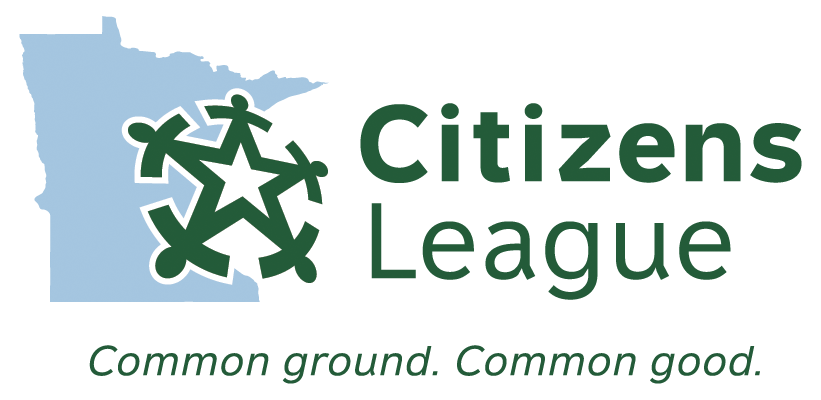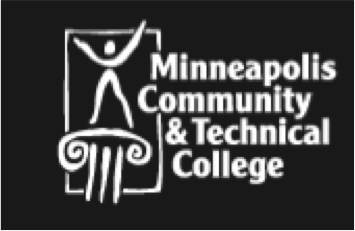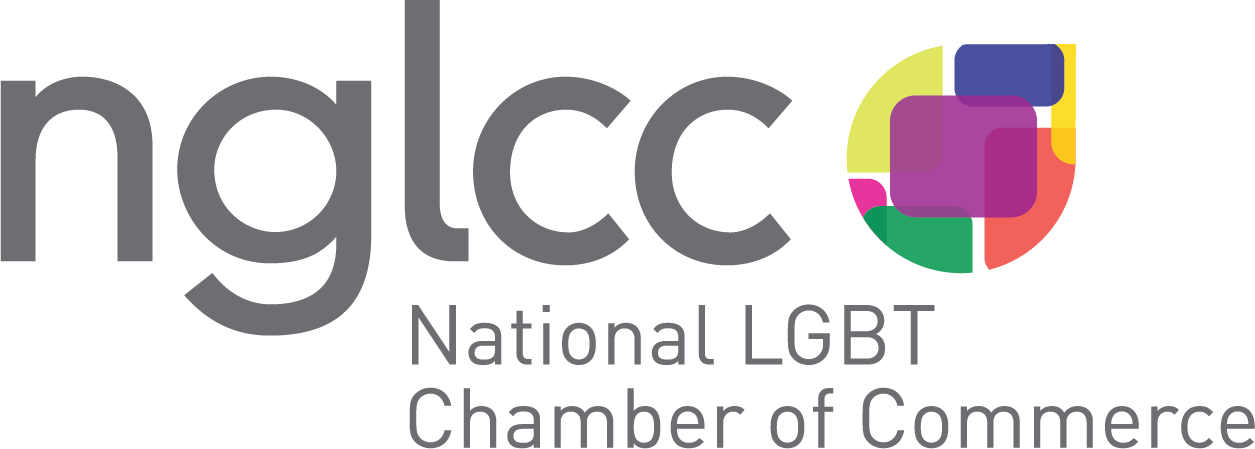Welcome to the second blog post in which I am sharing entrepreneurial tools for anyone looking to launch or grow their business. SO many higher ed professionals are consultants, freelancers, and side hustlers, and I get a ton of questions from colleagues about what tools I use and how to pull together a business. The first blog post covered the website design, email marketing, and graphic design tools I use to pull together my website (people pull me aside on the street to compliment my website, so that says A LOT!). Check out the blog post, “Website Tools for Entrepreneurs in Higher Ed (and Beyond)”, for these details.
This year, I started the Resilient Campus podcast. It’s been a long process of researching the countless tools and tips for hosting, recording, editing, and promoting a podcast. I promised myself that as soon as I had a system in place to publish the podcast episodes, I would share it out with other higher ed consultants and entrepreneurs. Here is what I found that I want to share with you about creating a podcast.
Disclosure: This post contains affiliate links. This means I might receive a commission if you make a purchase. My opinions are my own and I only recommend tools that I believe you’ll find truly valuable (because I’ve tried them myself).
First thing first – Learning how to podcast
Check out these two tutorials I found SUPER useful. These are concise how-to resources. I’ve been through SO many other articles, podcast episodes, and online courses on how to podcast, and these two are the most helpful on the technical side of podcasting.
Smart Passive Income podcasting tutorial
If you are interested in creating an online or passive revenue-generating business, then you need to tune into all the resources Pat Flyn offers on his website smartpassiveincome.com and start on the Resources page or tune into his podcasts, Smart Passive Income and Ask Pat.
Udemy course from Ian Robinson of Freedom Podcasting
When I was ready to record my podcast episodes, I walked through Ian Robinson’s course on Udemy step-by-step. He doesn’t waste any time and he has a ton of experience through his company Freedom Podcasting.
Next – Get your equipment together to record your episodes.
Audio interface
The audio interface increases your sound quality exponentially. I find it easy to use and decreases the amount of work I have to do in the editing phase. It acts as a conduit between your computer and your microphone to boost sound quality. If your podcast features you as the only speaker or if you are recording interviews via phone call, then the Focusrite Scarlett Solo (2nd Gen) USB Audio Interface with Pro Tools ($99) will be just right. If you plan to interview guests in-person and over the phone, then you would want an additional port for the microphone and get the Focusrite Scarlett (2nd Gen) audio interface with two microphone ports ($149).
Microphone
These microphones are recommend for use with the audio interface above. I started with the Audio-Technic ATR2100 microphone and have since added the Movo Phantom Power Lavalier microphone for interviews in person (I would recommend ordering extra lapel clips, because my only complaint is the lapel clip breaks pretty easily).
There are benefits of both microphones. The sound quality is better on the ATR-2100 and the lavalier microphone is much easier to drag around to off-site locations, with good (not amazing) sound quality. I like the ease of a lavalier microphone because you can clip it to your clothes and keep your hands free to wave about as you talk. The Movo Phantom Power Lavalier Microphone is less expensive (by about $20) and actually eliminates more background noise than the ATR-2100. If you are interviewing a guest in-person, purchase the set of two Movo lavalier microphones and save some money in the process ($74 for the set).
Then – Figure out the web-based side of things
Determine the software you need to get the episodes out to as many people in your audience as possible. I don’t know about you, but I needed tools that are efficient, easy-to-use, and look super handsome on my website.
podcast hosting service
When you are ready to publish your podcast, you will need to secure a hosting service. There are SO many out there and it’s hard to sift through which one is the best for you. I love Buzzsprout because it is super easy for me to use, it comes with a customizable podcast website, the player for your website is clean and customizable to your preferred colors, and the best part….drum roll…the video soundbites are 30-second sound clips that you can share on facebook. There are video soundwaves that accompany the soundbite and people just love it. Let me lay out some initial numbers to show the difference:
- In the first two weeks of my podcast, I had 60 people listen to the first two episodes by just sharing out on my channels as a link.
- For my third episode, I used the video soundbite tool in Buzzsprout for my third episode and had 600 listens in 48 hours, boosting the impact of the brilliance my guests shared exponentially! Check out an example here from my podcast.
Podcast Player
The podcast player is simply the visual interface where listeners can play your podcast episodes from your website. Buzzsprout comes with a podcast player that is pretty awesome already. I decided that I wanted my podcast player to convert more of my website visitors to members of my community, so I purchased the Simple Press Podcast Player and have zero regrets about this decision. This player draws traffic to my website where they can learn more about all the other valuable resources I have to offer, it’s super affordable, and instantly drafts a blog post for each new episode you publish. I love this function, because I struggle with blogging and this automates the process for me. There are numerous other bells and whistles to the Simple Press Podcast Player, but I set it up using the user manual and chose to keep it super simple. Maybe you are the tech savvy user that can supersize this tool and use all the cool functions it has (not me!).
If you want to boost the SEO power of your podcast so that it is found by more community members (aka boost your impact) and you’re a sucker for a beautiful podcast player design, then this is worth every penny of the cost ($67 at the time I purchased it). When you publish a new episode, the Simple Podcast Player will automatically generate a draft blog post on your WordPress site. You can add some notes or a full transcript, so when people search the terms, they are more likely to find your podcast.
If you have $0 to spend on the podcast player, then stick with the player that Buzzsprout comes with. It’s pretty amazing, too.
Lastly – Get your podcast editing on
There are some additional pieces of software to think about in order to edit your podcast episodes. I absolutely love Ian Robinson’s course on Udemy, because he not only recommends free and low cost software for editing, but he also walks you through how to use each one. He recommends using Audacity, Levelator, and ID3 Tagging for this phase of the process. You should really check out his course. It’s usually on sale for around $10 and you just can’t beat a step-by-step tutorial.
In Closing
Creating a podcast is such a radical way to equalize the playing field for storytelling and uplifting topics and voices that aren’t positively portrayed in the mainstream media. It’s quite a bit of work AND the impact is invaluable. As a college professional, you are well equipped to advocate for students and colleagues. Now is the time to elevate your entrepreneurial spirit and spread more value to your audience using podcasting.
I hope you found this information useful. I have pulled together a downloadable PDF for you to reference with hyperlinks to the tools I’ve mentioned in this post.
Download your copy of “Podcasting Tools for Entrepreneurs in Higher Ed (and Beyond) HERE
Also, if you are still searching around for tools and strategies to create a website, engage your community via email campaigns, and create graphics and other cool design elements, I wrote a blog post highlighting some amazing resources for you that will save you countless time and energy (seriously, these will save you bundles of precious life force).
Check out the blog post, “Website Tools for Entrepreneurs in Higher Ed (and Beyond).
Internship Resources

Subscribe here to receive resources to grow your student internship program.








